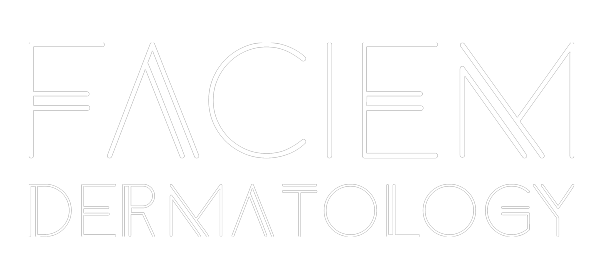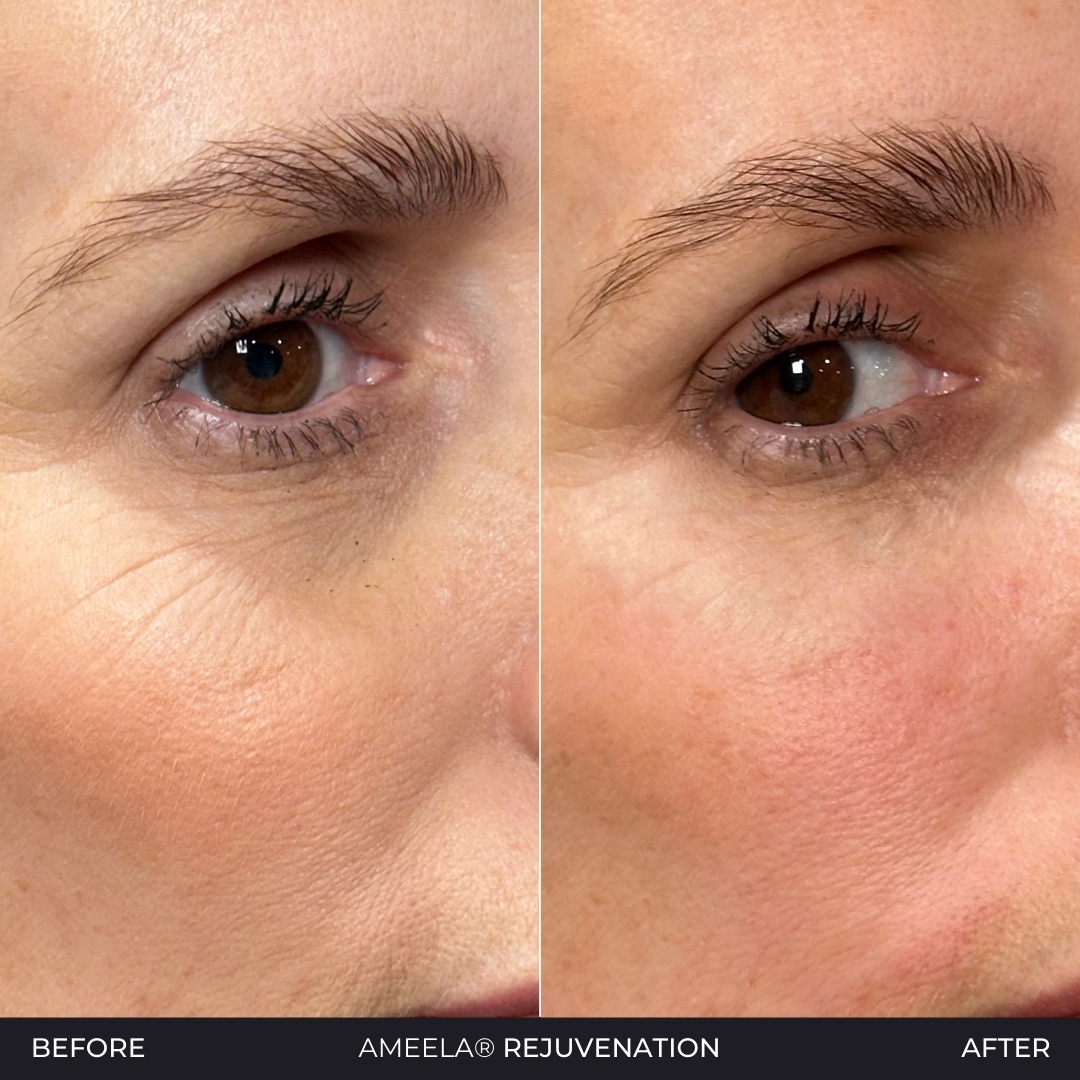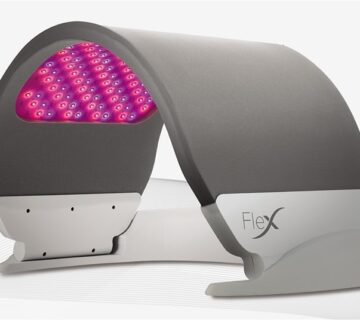In the ever-evolving world of aesthetics, there’s a ground-breaking ingredient that has taken the industry by storm … polynucleotides. Here, Dr Anamica delves into the science behind them and explores their remarkable skin rejuvenation properties.
First The Science Bit …
Polynucleotides, also known as PDRN (Polydeoxyribonucleotide), are high-molecular-weight compounds derived from DNA responsibly sourced from salmon. They are rich in nucleotides, which play a vital role in stimulating cell growth, repairing damaged tissues and boosting collagen. Because of this, when used in aesthetic medicine and skincare they boast exceptional regenerative properties:
A Natural Boost For Healing: Polynucleotides stimulate the body’s natural regenerative processes by promoting cell growth and repair. When it comes to wound healing, cell regeneration is a key factor, and polynucleotides play a crucial role in this. The pronounced anti-inflammatory effect is vital in tissue healing and recovery.
Rebuilding The Foundation Of Youthful Skin: One of the key aspects of younger looking skin is the presence of collagen and elastin, contributing to elasticity and firmness. Polynucleotides actually stimulate the synthesis of these essential, significantly reducing the appearance of wrinkles and fine lines.
Oxygenation And Nutrient Boost: Polynucleotides enhance blood flow to a specific treatment area, which delivers oxygen and nutrients to the skin. This rejuvenating effect revitalises the complexion and speeds up the recovery process post-treatment.
Benefits Of Polynucleotides In Aesthetics
A Scientific Marvel: Clinical studies consistently show the use of polynucleotides can lead to significant improvements in skin texture, elasticity and hydration. For instance, a study published in the Journal of Drugs in Dermatology found that PDRN treatment resulted in increased collagen and hyaluronic acid production, culminating in a smoother, more youthful complexion.
A Solution For Atrophic Scars: Polynucleotides have proven to be effective in reducing the appearance of scars, particularly atrophic scars – depressions in the skin caused by acne. They showed an improvement in skin texture, providing tangible hope for those with acne scarring in particular.
Thicker, Fuller Locks: While polynucleotides are now being heralded for their skin benefits, their potential in hair restoration should not be overlooked. Research published in the Journal of Dermatological Treatment highlights they can stimulate follicles, potentially leading to hair thickening and regrowth.
A Radiant Glow: Polynucleotides have been explored for benefits when it comes to tacking hyperpigmentation. A study in the Journal of Cosmetic Dermatology revealed a decrease in pigmentation and increased skin brightness following treatment.
The Anti-Ageing Essential: Aesthetic treatments using polynucleotides have been found to improve skin elasticity and reduce the appearance of wrinkles, providing a natural alternative to surgery. In fact, reveal patients reported significant anti-ageing benefits with minimal side effects.
However, it is important to point out that while polynucleotides offer a promising range of benefits, make sure you consult a qualified professional. Yes, the procedure is generally safe and minimally invasive, but, as with any medical treatment, individual reactions may vary. Potential side effects and achievable results should always be discussed beforehand.
Dr Anamica xx





